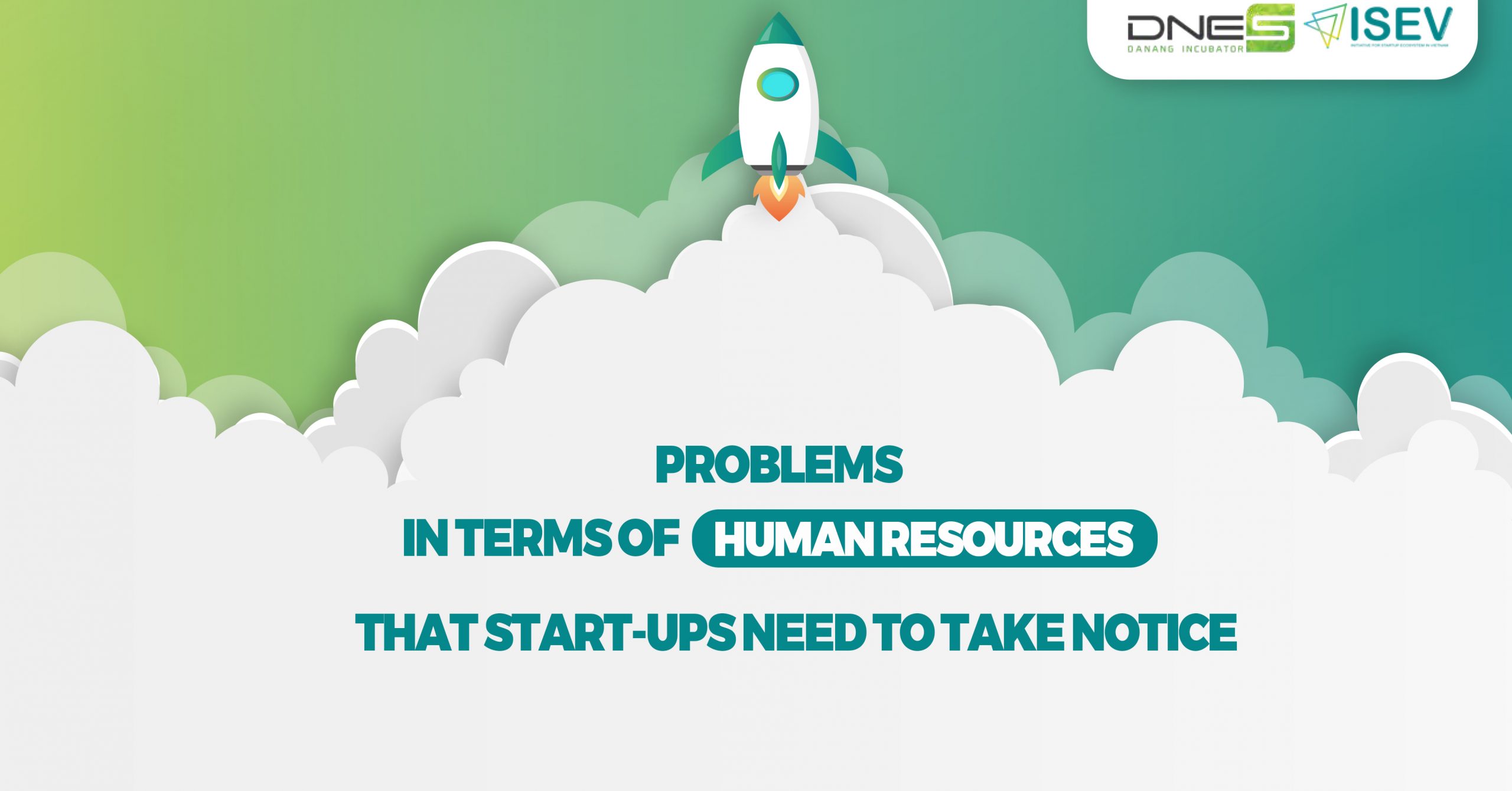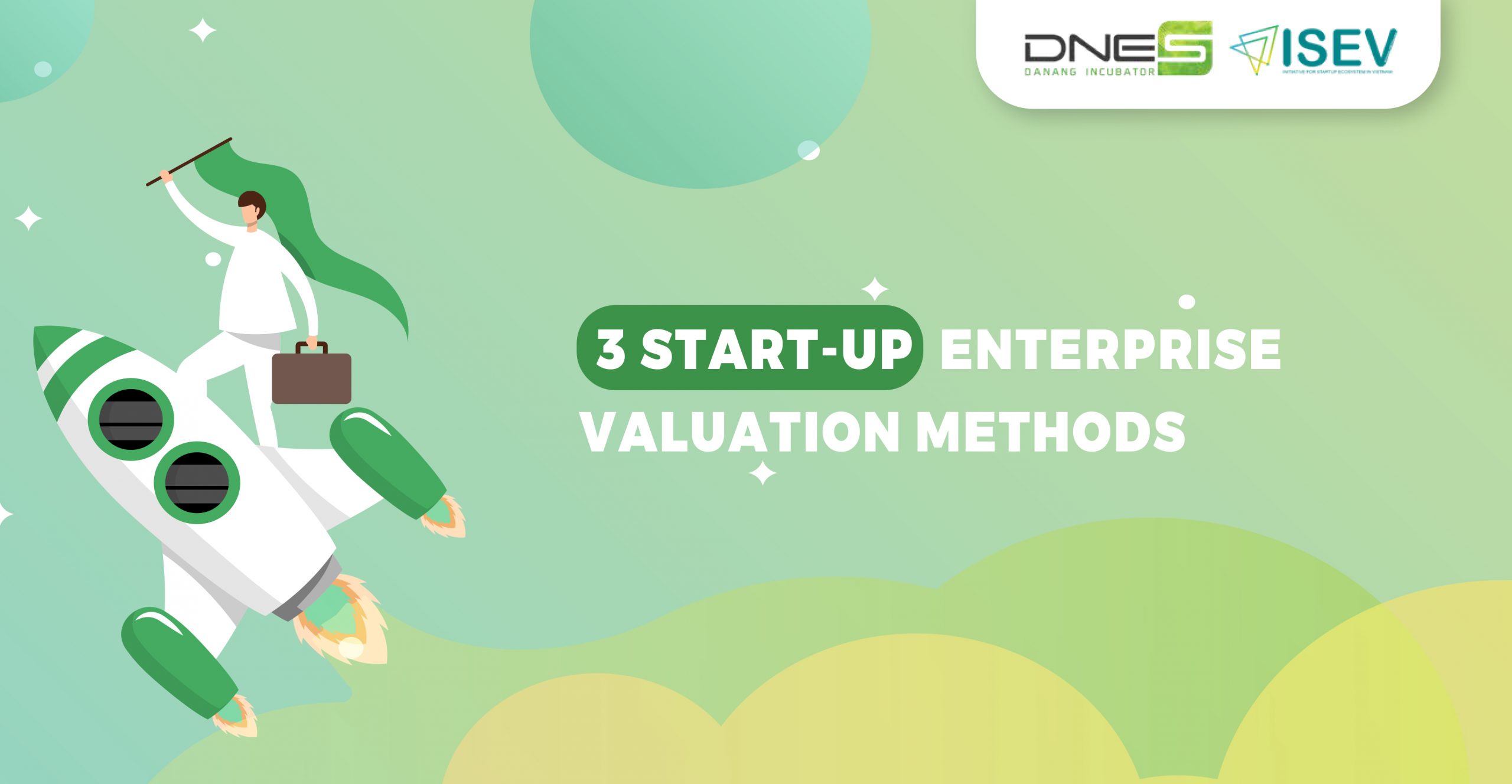IT IS VITAL TO KNOW CUSTOMERS AND MARKETS TO MAKE A SUCCESS OF START-UP
Customers are always the most tremendous “investors” of a start-up. Nonetheless, not all companies comprehensively know about their customers. Failing to understand customers and markets even causes start-ups’ failure as the products are highly likely not those which customers and markets are in need of. Therefore, stepping back to meticulously research into customer, markets and to adjust business models for profit is inevitability towards a successful start-up. So, to provide relevant knowledge of customers and markets, DNES brings the upcoming start-up lesson with 5 parts compiled by the expert Tran Tri Dung – expert of Swiss Entrepreneurship Program (SwissEP).
-
Distinguish customers and users
When it comes to customers, the first concept we need to distinguish is customers – who pay for products, and users – who use products and services. Even though, in reality, sometimes users are customers and pay you. Yet we still need this distinction, why?
The person who decides to pay is the customer, if we do not aim them right, it will waste a lot of work and money to get sales. For instance, if you sell educational products at a preschool age, the users are the children, but those who pay are their parents. Therefore, our approach to the market must hit the right audience, the right values which parents care about. It is the safety for children when going to class, the method of education,… And what will users care about? Towards children, they will be interested in what games they can play, what scenery will be like, what friends will be. It requires you to have different approaches and ways of collecting money.
-
Build a customer persona
Successful start-ups can not exclude customer persona understanding. To visualize sales methods and build different scenarios in persuading customers, we need to get a customer portrait. Customers for a business are divided into two groups.
- (1) The first is the individual customers. For example, fathers, mothers, households, or young people who are earning income. They have characteristics of work, living positions, consumption habits, income level, interests, roles and responsibilities in the family with decisions of spending and shopping.
- (2) The second is the organizational customers. They also have their own problems and priorities.
For individual customers, we can only talk to one person who can also decide to make a purchase. With organizational customers, we must talk to many people before reaching the decision to buy. So you must learn the decision-making process of the organizational audience you're reaching out to. If we do not understand this decision-making process, we may spend a lot of time and effort to convince the wrong person.
III. Determine the first customers paying for products:
Once we have identified who the customer is, we move on to the next concept of who is the first customer to pay for your product. We often receive a lot of advice not to sell to our relatives, ones we're ready to know because when they decide to purchase your products or services, they have a lot of your feelings and do not provide the most honest feedback on the quality of your products and services. Sometimes they do not really need to buy our products, but it is due to our love that they are still willing to spend money as support. If the first people who are willing to pay for you are relatives or anyone else, we are always welcoming. However, in order to go further in the market, to be able to expand production and business, we need to find the first customers who not only aid you to get first revenue but also help you open up a wide path into the market.
IV. Elect a market point to start out:
1. Work out a market point you hope to start:
To scale up a start-up’s business activities, to build a go-to-market strategy, we may start from the nearest, smallest markets that we can instantly reach out. We also may envision an overview of the most far-away places so that we get a global strategy from the early days. Then we go backwards step by step to know how the current market is, which other cities we can expand, how a region in which we will continue is. In the business puzzle, we do not have an absolutely correct answer to all cases. Selecting a go-to-market strategy depends on available resources and investors’ dreams as well as founding team’s.
There are many different market segmentations above, you shall research and figure what market point you love to establish first.
2. Beachhead market:
Beachhead market is associated with the first customers. By persuading them, you lay a very solid fulcrum to conquer the next customers, and most importantly to conquer the next markets. For example: who is the first customer buying a phone? Who is a customer buying the first phone? If there is only one phone user, that phone becomes useless since he can not call anyone. Consequently, the first customer buying a phone is super imperative as they will drive the 2nd, 3rd, 1000th, 1 million th one to business.
You can speculate in this way whilst inferring the beachhead market for start-ups’ products and services. Why do we always make an effort to convince the most intractable customers, the most demanding market in terms of standards and quality? It is as we believe if we satisfy those customers, triumph in those markets, the rest of the world will be ours, thereby making a success of the start-up.
V. Create products and take them to market:
In contrast with the beachhead market mindset, you may think that we will progressively complete products. Therefore, we convince customers who are most likely to purchase our products and are willing to concur with the latest technological advancements. Next, we gradually modify products and services, innovate and supplement features, thereby extending customer segments of a start-up.
1. Identify benefits and costs in each phases:
In order to do it, the next critical question that a business model has to solve is how to create products and services and take them to the market. In this phase, the co-found team must explore each stage of production such as product development, distribution marketing, sales, after-sales, customer’s money-collection,… needs how much cost, how to organize personnel and how to obtain benefits. Perceiving this, you will quantify them into monetary units to learn how effective each stage is, which of them we can run better, and which of them we should outsource.
2. Determine production cost:
The ultimate goal of business is to earn profit. Before answering the question of how we make profit, it is necessary for you to comprehend a saving unit is a profitable one we gain. By an extra revenue unit, however, we are not certain how much profit is made since occasionally we face a situation that the more products are sold the more loss we get.
Cost of start-ups is divided into 2 types:
- (1) Fixed cost: is constant cost in an accounting period. It can be the cost of office rental, interest payment or fixed salary for staff.
- (2) Variable cost: is inconstant cost that alters according to scale of your production and business. It can be the cost for raw materials, sales commissions.
To determine the price of products and services provided in the market, we need both fixed cost allocated in each unit of products and fixed cost per unit of products and services.
3. Identify selling cost:
The next thing you had better contemplate is for which cost we will sell products, which is always a puzzle for founders. An extremely high cost brings about no customers, yet a greatly low cost leads to the fact we will not live up to expectations in terms of profit.
There are 2 ways we identify the selling cost:
- 1st way: you make your minds based on product-making cost plus expected profit. For instance: if you create a product whose cost is ten dong, you wish to sell it at 12 dong or 13 dong so that you earn 20% or 30% extra profit. Otherwise, you will cut down profit by 10% by selling a product at 11 dong.
- 2nd way: to identify the selling cost, you research the market to figure out the price similar products are being shopped by buyers.
The selling cost here is the price consumers, customers accept to pay for your products. And a market is the place deciding how much money they are traded for.
There is general knowledge of customers, markets and products above, aiding you in bettering a start-up’s business model and succeeding in starting up. To more thoroughly understand the lesson, watch a video below:
Author: Tran Tri Dung




